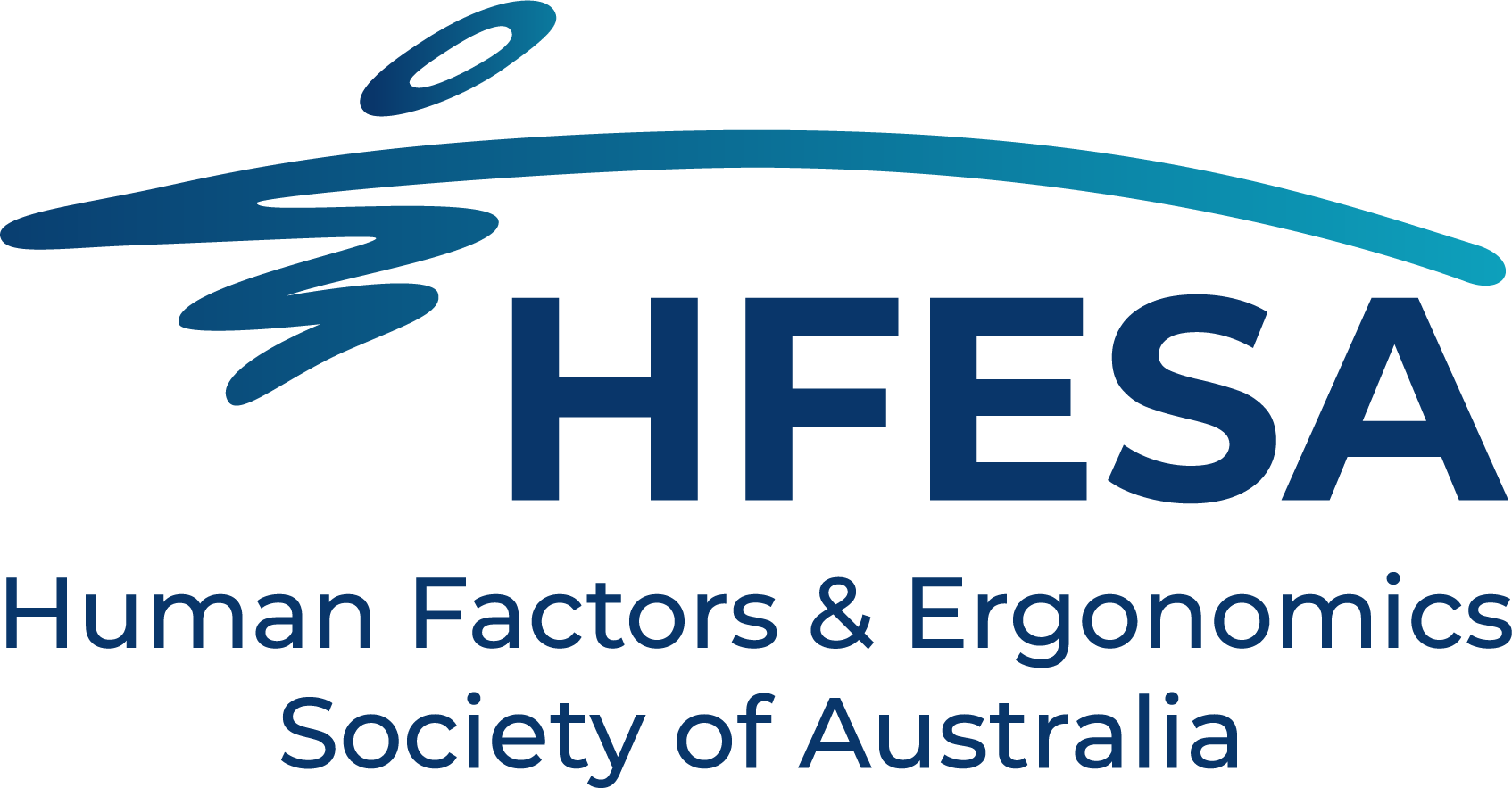Through 2023, the International Ergonomics Association (IEA) ran an online webinar series, offering insights into the predicted challenges arising from the “Future of Work”. This series highlighted various global perspectives, particularly focusing on the implications for Human Factors and Ergonomics (HFE).
Among these webinars, a standout presentation was given by Paul Salmon, Human Factors and co-director of the Centre for Human Factors and Sociotechnical Systems at the University of the Sunshine Coast. His webinar, titled ‘Fools Rush in Where Angels Fear to Tread: Artificial Intelligence and the Replacement of Human Work’, delves into Artificial General Intelligence and its impact on the future of work, exploring the proactive role HFE can play in addressing these challenges. The webinar can be accessed here via the International Ergonomics Association YouTube Channel.
The Evolving Landscape of AI and Its Impact on Work
Artificial Intelligence (AI) is rapidly transforming the workplace, with significant implications for human labour. Studies, such as those by Frey and Osborne (2013) and Briggs & Kodnani (2023), highlight the stark reality: a considerable portion of jobs are at risk of automation. By 2025, AI is expected to replace 85 million jobs, although it’s also predicted to create 97 million new ones. This dual-edged nature of AI’s evolution, where job displacement is coupled with the creation of new opportunities, underscores the urgency for careful and ethical integration of AI in work systems.
Navigating the Ironies and Risks of Automation
The webinar discusses the ironies and risks associated with automation, as outlined by Bainbridge in 1986. The automation paradox, where increased control leads to a heightened need for skilled human intervention, resonates in today’s AI-driven workplaces. There’s a real risk of degrading human skills and situation awareness, alongside emerging challenges such as biases and inequality in AI systems. As AI becomes more integrated into work systems, making them more complex and potentially brittle, the critical role of HFE is emphasised.
The Role of Human Factors and Ergonomics (HFE) in AI Integration
The integration of AI into work systems isn’t merely a technological shift; it’s a paradigm change requiring a holistic approach. The HFE community is pivotal in ensuring AI systems are safe, usable, and ethical. There is a need to effectively communicate the value of HFE, demonstrate its impact, and engage in collaboration with AI developers, policymakers, and end-users. The incorporation of HFE throughout AI lifecycles and the application of Sociotechnical Systems Theory and systems HFE in AI design and evaluation are vital.
Join the Conversation: Engage with this Recommended Webinar
The Human Factors and Ergonomics Society of Australia invites its members and anyone with an interest in HFE and AI to watch this insightful webinar delivered by the International Ergonomics Association. It’s an excellent way to keep up to date with developments in these fields. Whether you’re an experienced professional or new to the topic, this webinar serves as a key resource for enhancing your understanding and knowledge.
We also encourage you to actively engage with the content. Leave a comment on the webinar to share your thoughts or start a discussion. Your insights and perspectives are valuable to the community. Additionally, please help spread the word by sharing this webinar, or this blog post, on your social media platforms and professional networks (e.g. X, LinkedIn, Facebook). When sharing, consider using hashtags like #HFES #HFESA, #HumanFactorsAndErgonomicsSocietyOfAustralia #IEA #InternationalErgonomicsAssociation #HumanFactors, #Ergonomics, #ArtificialIntelligence, and others relevant.
Prepared for HFESA by Michael Dubos

